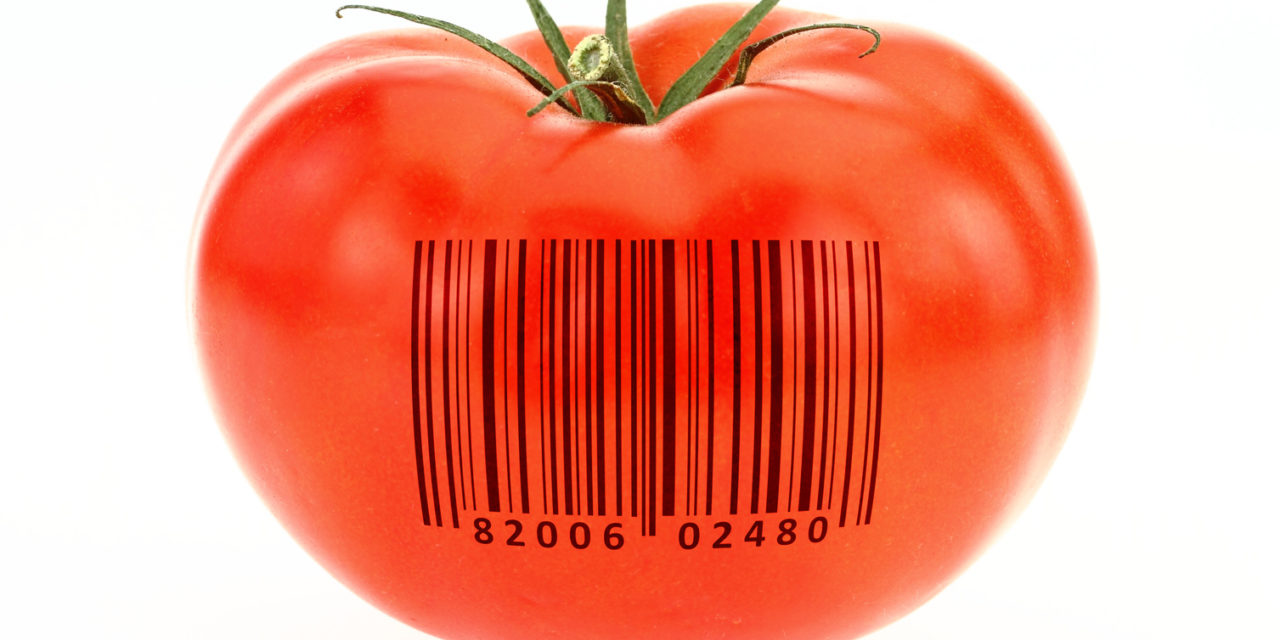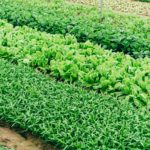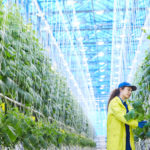There are three big challenges with food safety compliance today: it is expensive and time intensive to document, the regulations apply primarily to packing and shipping not growing, and the regulations are relatively vague.
Let’s talk about documentation. This all starts with a Food Safety Plan which outlines standard operating procedures. Typically this includes things like: traceability procedures, employee training, visitor procedures, hygiene requirements, and water testing procedures.
For anything outlined in the Food Safety Plan, you are required to maintain logs. For example, in order to meet the requirement of training employees on food safety, you’ll need to not only provide the training material but also a log of when each employee receives the training.
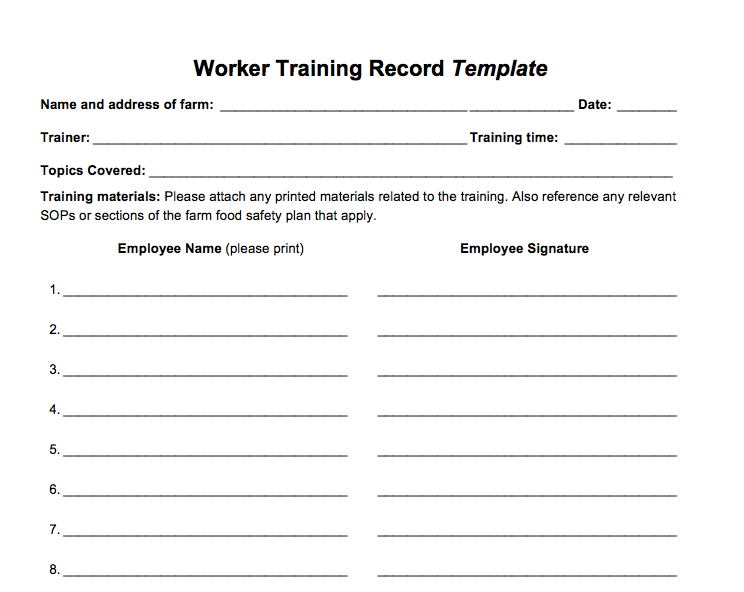
This is cumbersome. And expensive. The FDA estimates it will cost small growers between $6,000 and $25,000 annually in record-keeping costs alone.
For the larger multi-acre greenhouses who work with us it can cost hundreds of thousands of dollars in both man hours and crops. It’s not uncommon for us to see some of the larger facilities hire a full-time person or team just to focus on compliance.
And although food safety compliance used to be optional by buyer demand (a buyer could demand third party audits), it is now mandatory for any grower selling more than $25,000 each year (under FSMA). So this isn’t just something we’re thinking about, it’s something every grower needs to pay attention to.
And as I mentioned earlier, the requirements typically apply to post-harvest processes. There are little tracking requirements for the crop while it’s growing. Hence why we’re having trouble tracking down the farm where the current E.coli outbreak started.
At Agrilyst, we want to change this. We believe in full traceability from seed to stomach and are making that process as easy and cost effective for the grower as possible.
So how do we do that?
Documentation
We wanted to make it easier for people to store documents like their Food Safety Plan, Standard Operating Procedures, Training Materials, and Farm Layout right in Agrilyst. Now instead of storing documents in a dusty binder, they’re accessible to everyone in the organization and auditors with the click of a button.
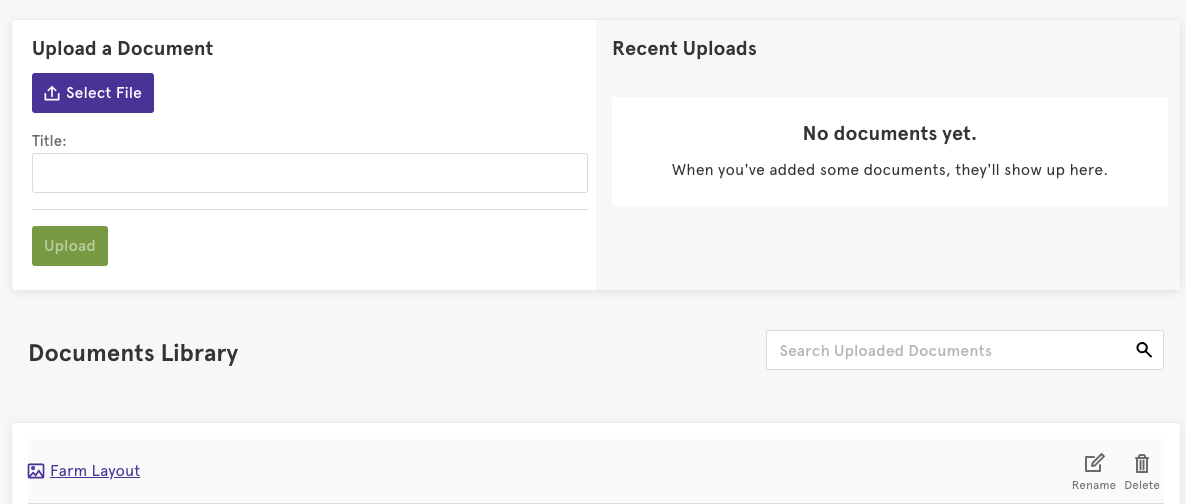
Automating Logs
You are already completing logs in Agrilyst…we just call them tasks. Every time you check off a task in Agrilyst, that task stores data: who completed the task, when was it completed, how did crops perform, were they moved, by whom, were things completed as expected or was a corrective action needed?
Now you can simply search for that information and store the logs along with your other food safety documents. And, you can store crop logs as well. This isn’t required under any food safety protocol, but we believe it’s a critical step in transparency.
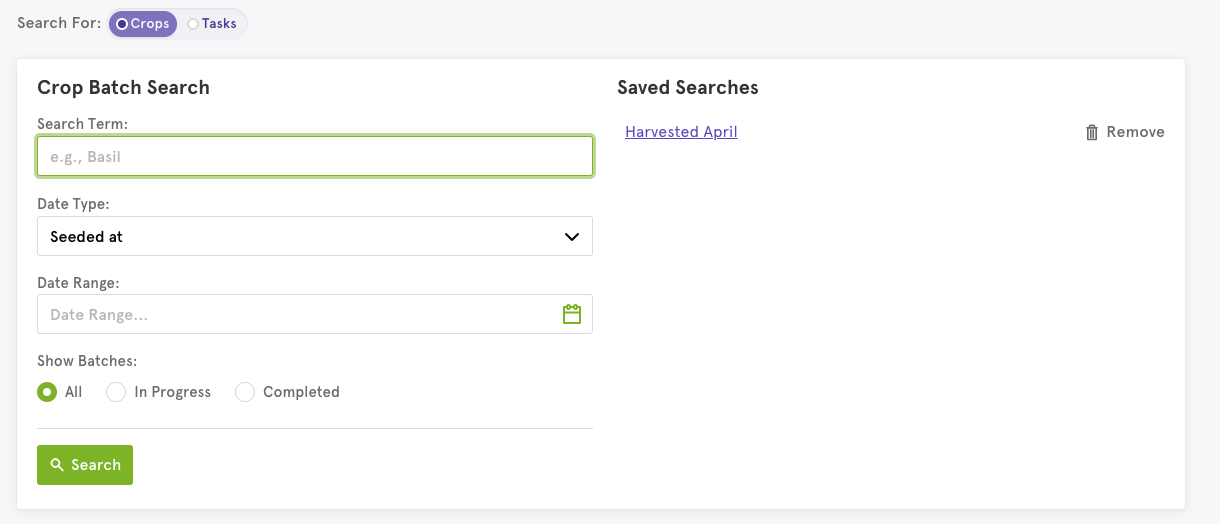
Track Crops
Crops in Agrilyst are always assigned a unique ID. You can also assign a barcode to a batch. Both of these make all of your crops searchable and trackable. A critical component of food safety protocol is the ability to track crops one step forward and one step backward. With Agrilyst, you can track what inputs went into a batch and where a batch ultimately went by assigning barcodes and unique IDs.
In the case of an outbreak, once a batch is recalled, a grower can find all similar batches with a quick search and we can mitigate issues like we’re currently having. More about how we do this here.
Not Just For Food Safety
This is about more than just food safety. Our cannabis growers are also required to track crops from seed to sale and Compliance helps growers do just that. Our flower growers think about traceability too. Logging and compliance are two of the biggest components of running a commercial farm and we’re here to make that process easier and more cost efficient. Think of us as an insurance policy and traceability is the data gateway to higher margins.
Have questions or thoughts? I want to hear from you. You can email me directly at mhutton@agrilyst.com to learn more about our Compliance feature.
To find out if you’ll have to comply with the Produce Safety Rule and see how Agrilyst can help you do that, go to www.agrilyst.com/food-safety.

